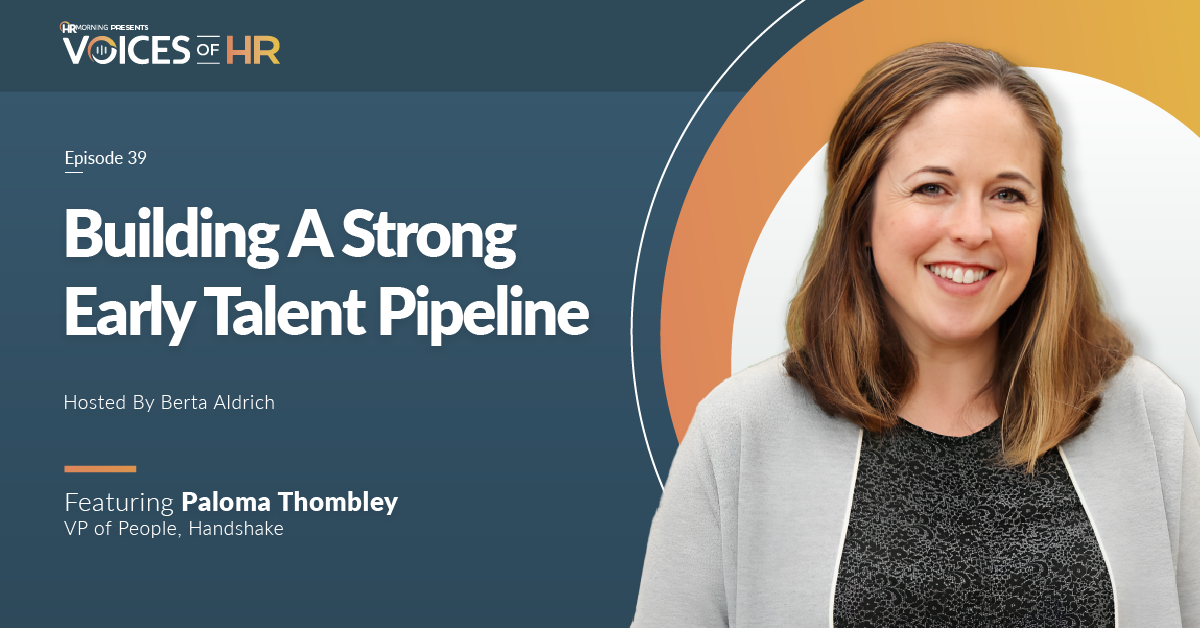
Employee Services

Best practices for a hybrid work environment that benefits the company and your people
In the post-pandemic world, many organizations are still experimenting with optimization of employee hybrid work schedules. In an episode of the HRMorning podcast “Voices of HR,” Amy Cosgrove, the VP of people for North America for the finance/business management technology company Sage, said striking a balance between in-person collaboration and remote work maximizes productivity and…
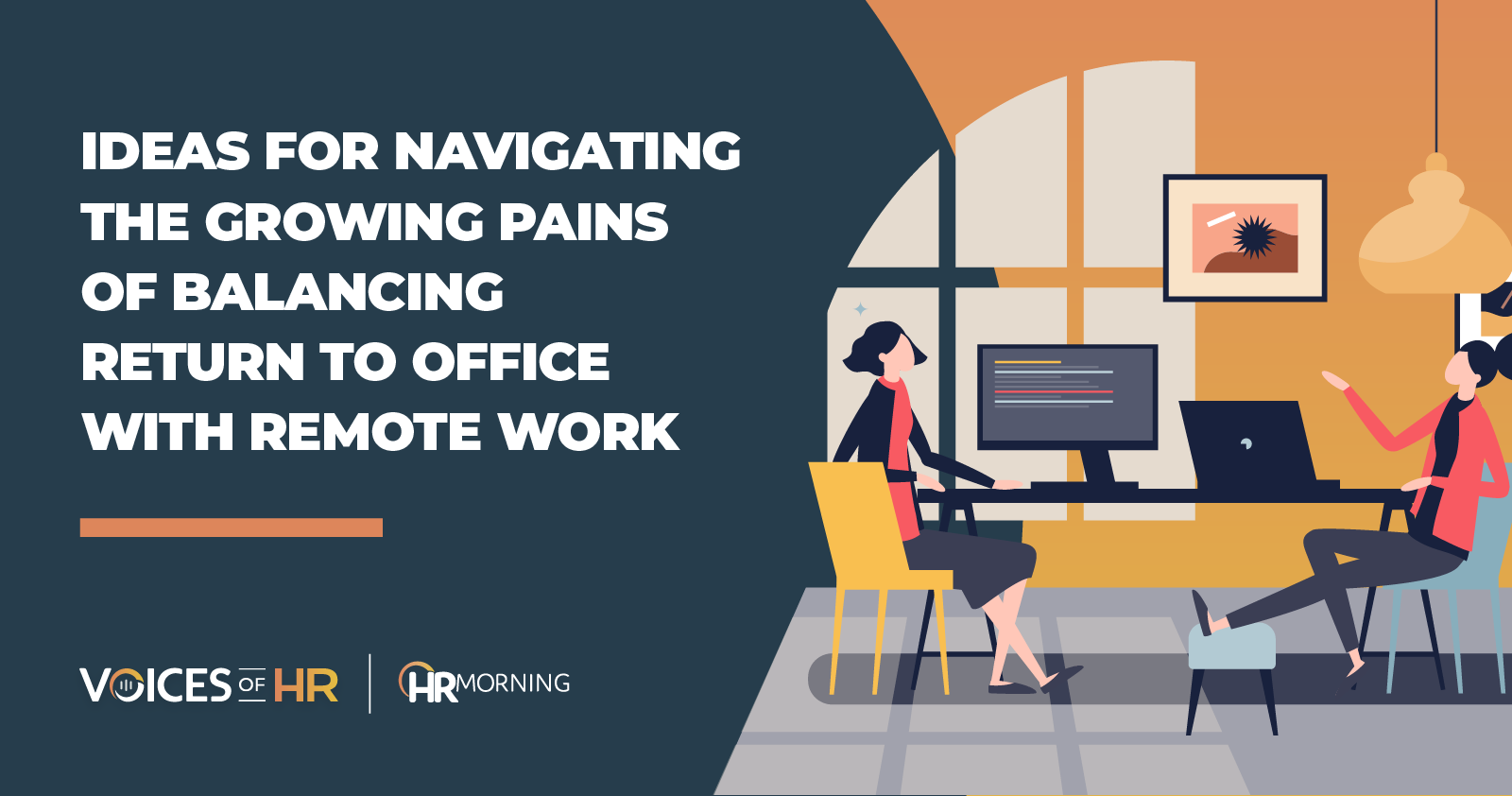
Retention strategy: More than 60% of employers plan to expand their family health benefits
Employers must follow the PUMP Act and Pregnant Workers Fairness Act. But it may take offering family health benefits – and going beyond what’s legally required – in order to stand out in a competitive hiring market. This includes paid parental leave and care leave, caregiver support, fertility and family building support, and reproductive health…
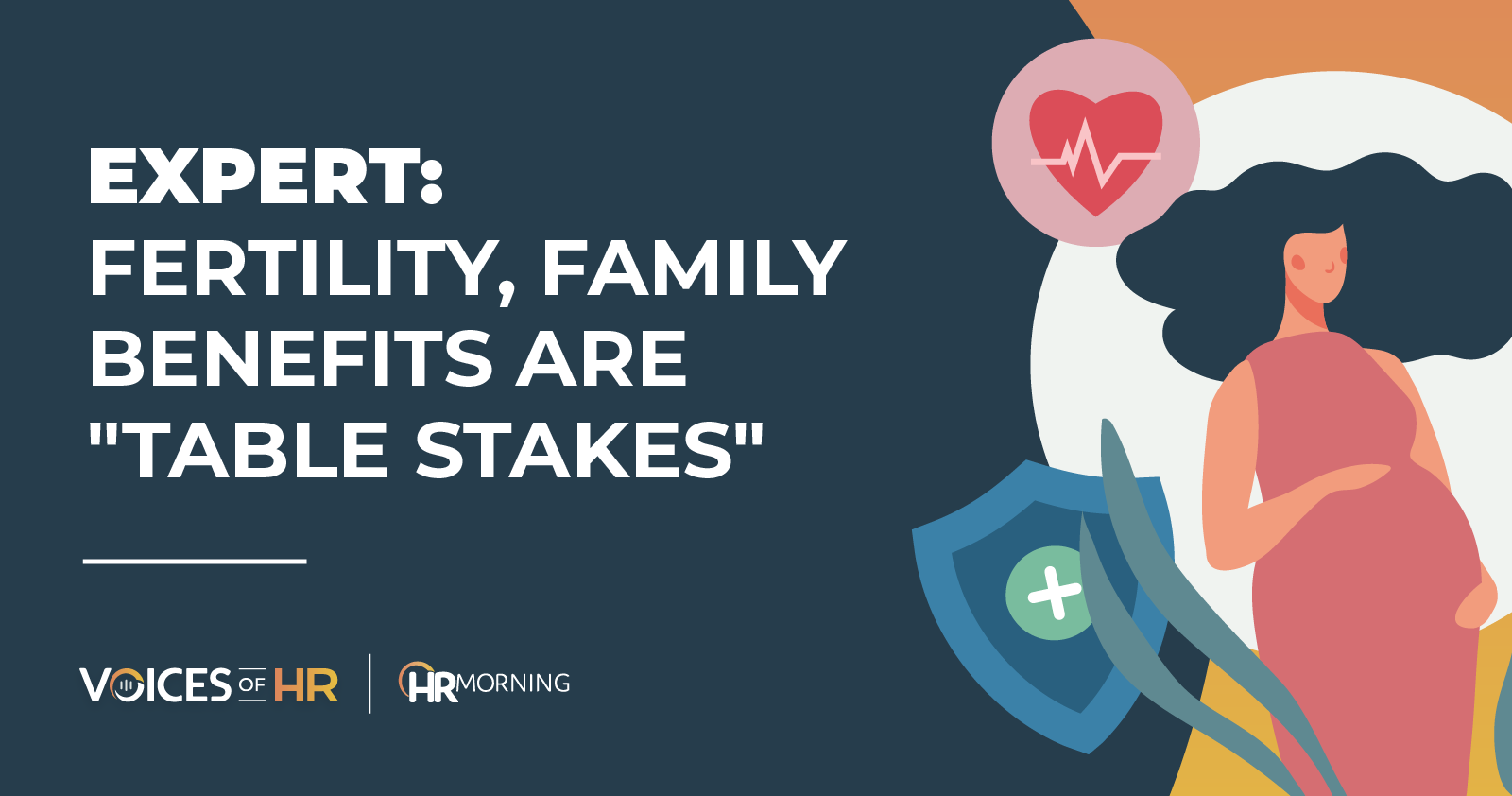
Episode #28: Skill sync: Aligning skills and goals
An employee upskilling strategy is imperative if you want to attract and retain top talent. Just ask the Fortune 1000 companies – they’re realizing that connecting their employees with opportunities to learn new skills and advance their careers should be part of their recruiting, retention and talent pipeline strategies. However, there are several challenges to…
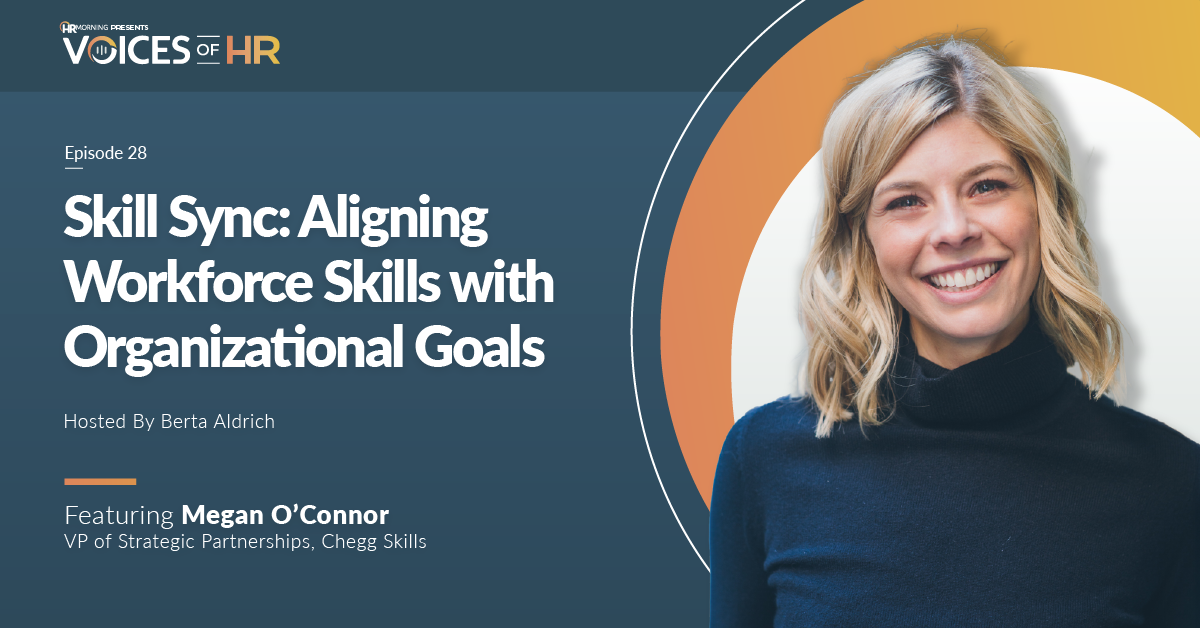
7 top benefits of employee wellness programs
Employees are what keep a company running, and without them, your business would crumble. For them to do their best work, they need to be both happy and healthy. Even if your employees love working for you, if they injure themselves or become ill due to stress, or poor mental or physical health, they won’t…

How ADP’s new approach to employee wellness turned into something much bigger
In 2021, with many of its people working remotely – and not knowing for how long – ADP decided it was time to address employee wellness, including mental and emotional well-being. But according to Amy Freshman, the senior director of global HR for the well-known HR management services and software company, reminding employees about available…
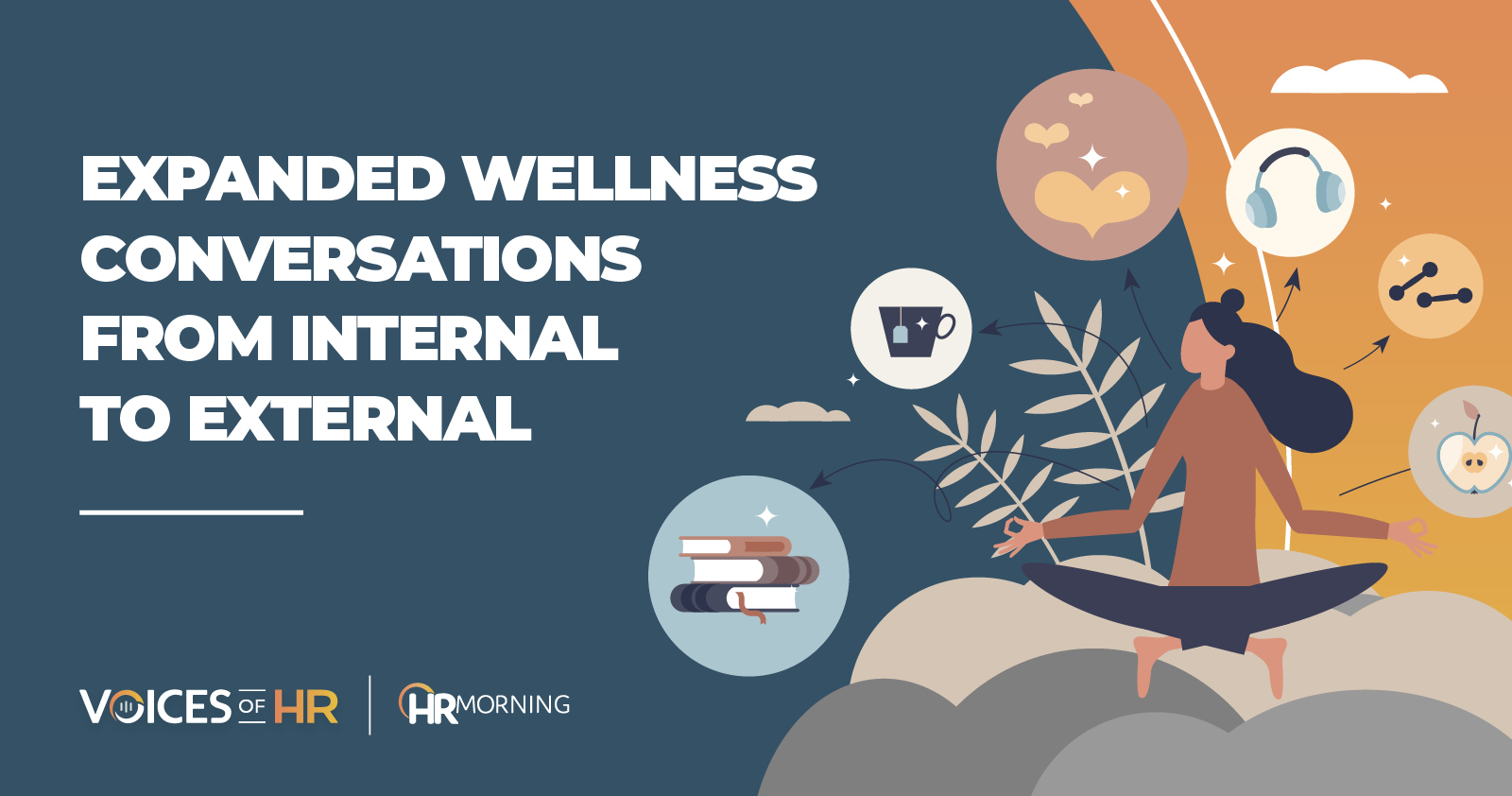
Episode #15: Expanding your family health benefits to support working women and families
A 2022 survey by Indeed found more than a third of working women have thought about quitting their jobs because of burnout and the demands of family life. In HRMorning’s “Voices of HR” podcast, Kate Muzzatti, Chief People Officer at Maven Clinic, presents some ideas to help you retain the women in your workforce, and…
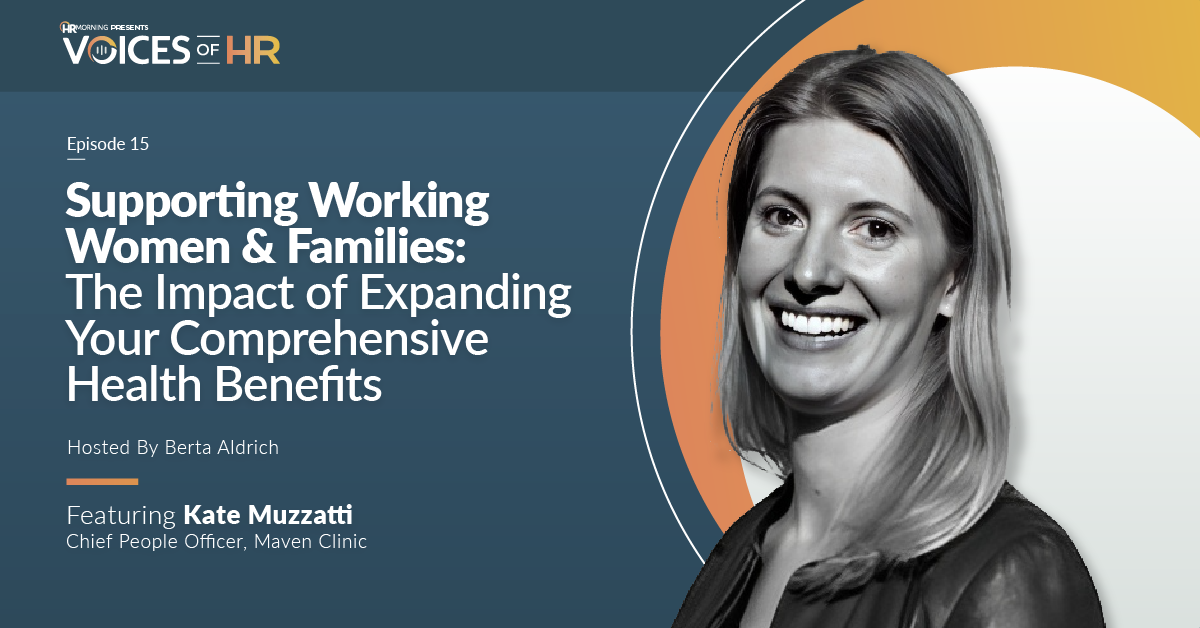
Episode #12: Designing a top-tier, holistic employee experience
Creating an environment where employees can deliver your company strategy and goals – and feel good about it – is crucial. It requires data, listening and some expert analysis. In HRMorning’s “Voices of HR” podcast, Lisa Sterling, the Chief People Officer at Perceptyx, offers a few pointers on what to look for, what to listen…

Using employee recognition to make your people want to stay
Employee recognition and rewards can have a significant positive impact on your company culture and retention rate. According to Jason Lindstrom, CEO of Bucketlist Rewards, when your employees are deeply aligned around meaningful purpose and vision, and are acknowledged for living your culture and values, you can lower your turnover by as much as 40%….


